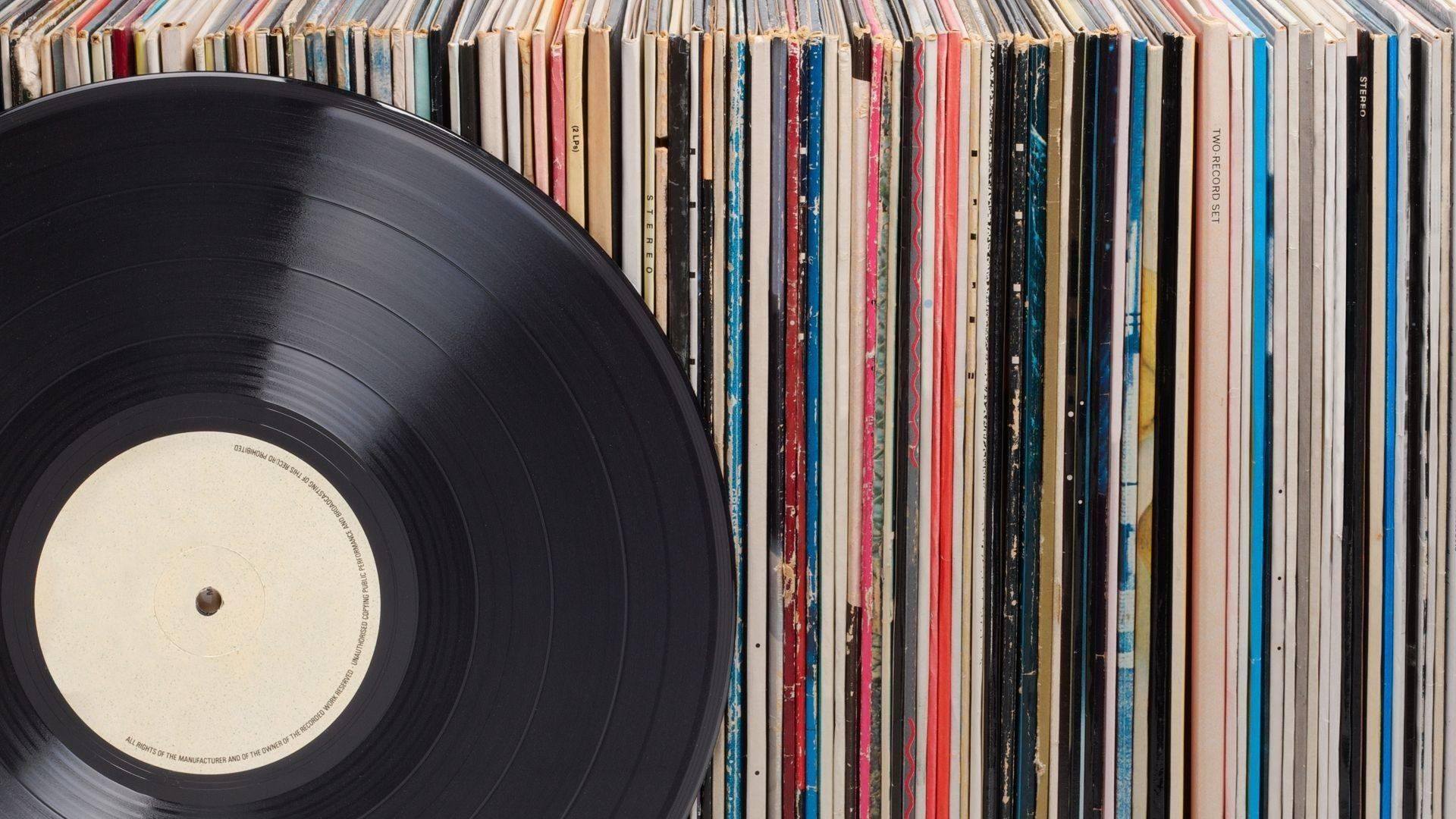There was a time when the record player was the centerpiece of every home, its wooden cabinet gleaming and its spinning black discs carrying music that seemed to fill not just rooms, but lives. Then came the cassette, the CD, and finally the endless digital playlists at our fingertips. Yet, in a surprising twist, vinyl records have made a powerful comeback. This resurgence isn’t just a fleeting trend—it’s a renaissance, one rooted in the timeless allure of analog sound and the tactile experience of collecting.
The Warmth of Analog Sound
Ask any record enthusiast why they prefer vinyl, and the answer often begins with the sound. Vinyl captures music in its raw, analog form, preserving subtle imperfections that digital formats tend to flatten. That gentle crackle before a track begins, the depth of bass that feels almost physical, the warmth in the mids and highs—it all creates a listening experience that feels alive and organic. Unlike compressed audio files, vinyl delivers music in a way that resonates with the body as much as the ear. It is not just about hearing a song; it’s about feeling it.
The Ritual of Listening
In today’s world of shuffle buttons and background playlists, vinyl offers something rare: intentional listening. Choosing a record, sliding it carefully from its sleeve, placing it on the turntable, and lowering the needle—all of it becomes a ritual. Each album side asks for uninterrupted attention, inviting listeners to immerse themselves in the artistry of sequencing, transitions, and storytelling that musicians once designed with care. This ritual transforms listening from a passive act into a moment of presence.
The Art of Collecting
Beyond sound, vinyl records are treasures of design and history. Each cover tells a story, often adorned with artwork as iconic as the music itself. Collectors find joy in flipping through stacks of records, uncovering rare pressings, or simply cherishing albums passed down through generations. The act of collecting builds a connection with music that streaming can never replicate—physical, personal, and enduring. Owning a record is not just about having a song; it’s about holding a piece of cultural memory.
A Bridge Between Generations
One of the most beautiful aspects of vinyl’s revival is how it bridges generations. For older music lovers, it is a return to a cherished past. For younger listeners, it’s a discovery of authenticity in a digital age. Record shops, listening bars, and even household turntables have become places where grandparents, parents, and children connect through shared grooves. This intergenerational appeal shows that music, when experienced deeply, transcends time and technology.
Inspiring Creativity and Community
The vinyl renaissance has also sparked creativity. Artists are once again pressing albums on records, valuing the permanence and artistry of the format. Independent record stores thrive as cultural hubs, hosting listening parties, fostering local music scenes, and reminding us that music is as much about community as it is about sound. Vinyl culture emphasizes slowness, attention, and care—values that feel radical in an age of constant scrolling.
Why Records Still Matter
Vinyl endures not because it is the most convenient way to listen to music, but because it transforms music into an experience. It slows us down, makes us pay attention, and connects us with art on a deeper level. In an era where digital abundance risks making music feel disposable, records remind us that music is worth treasuring.
The vinyl renaissance is not a step backward; it is a celebration of something enduring. Records still matter because they remind us that music is more than sound waves—it is memory, ritual, artistry, and connection. And as the needle finds its groove, generations new and old continue to gather around the turntable, proving that some mediums never lose their magic.
